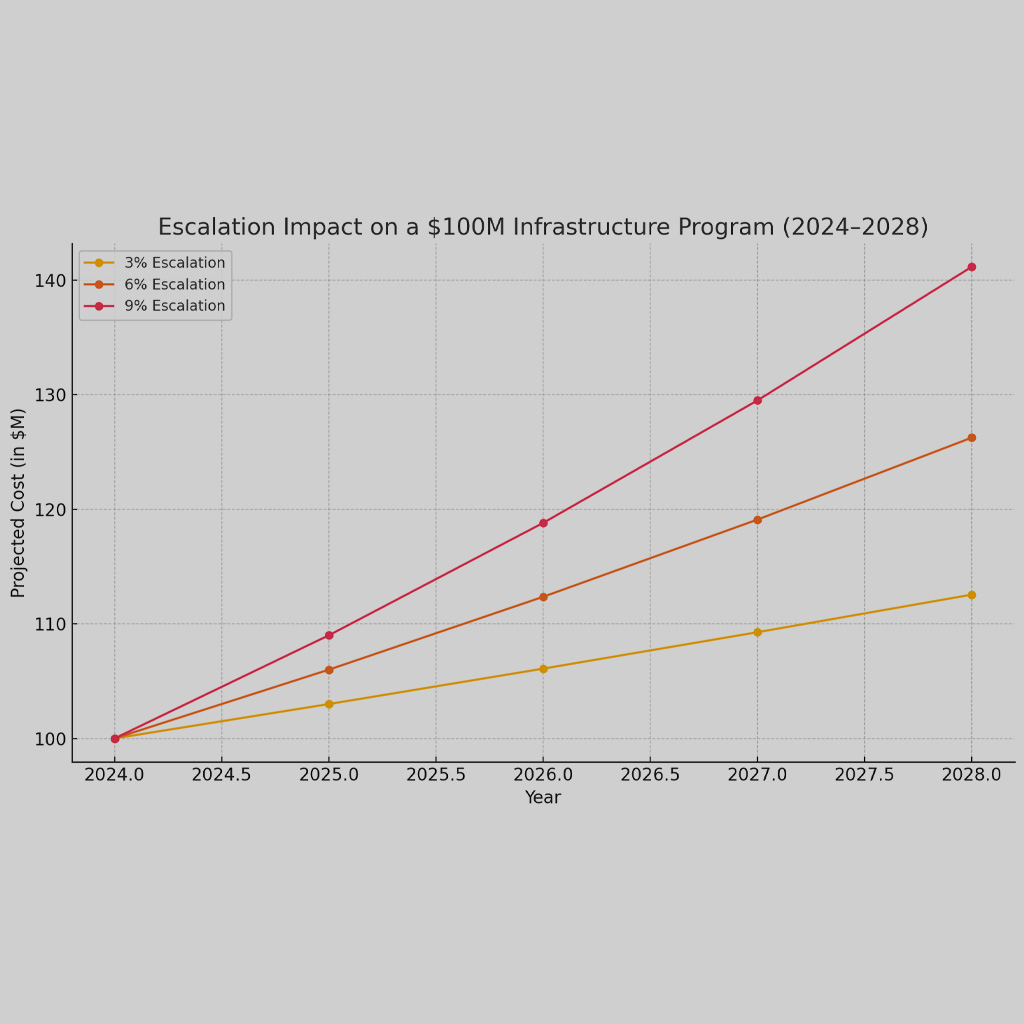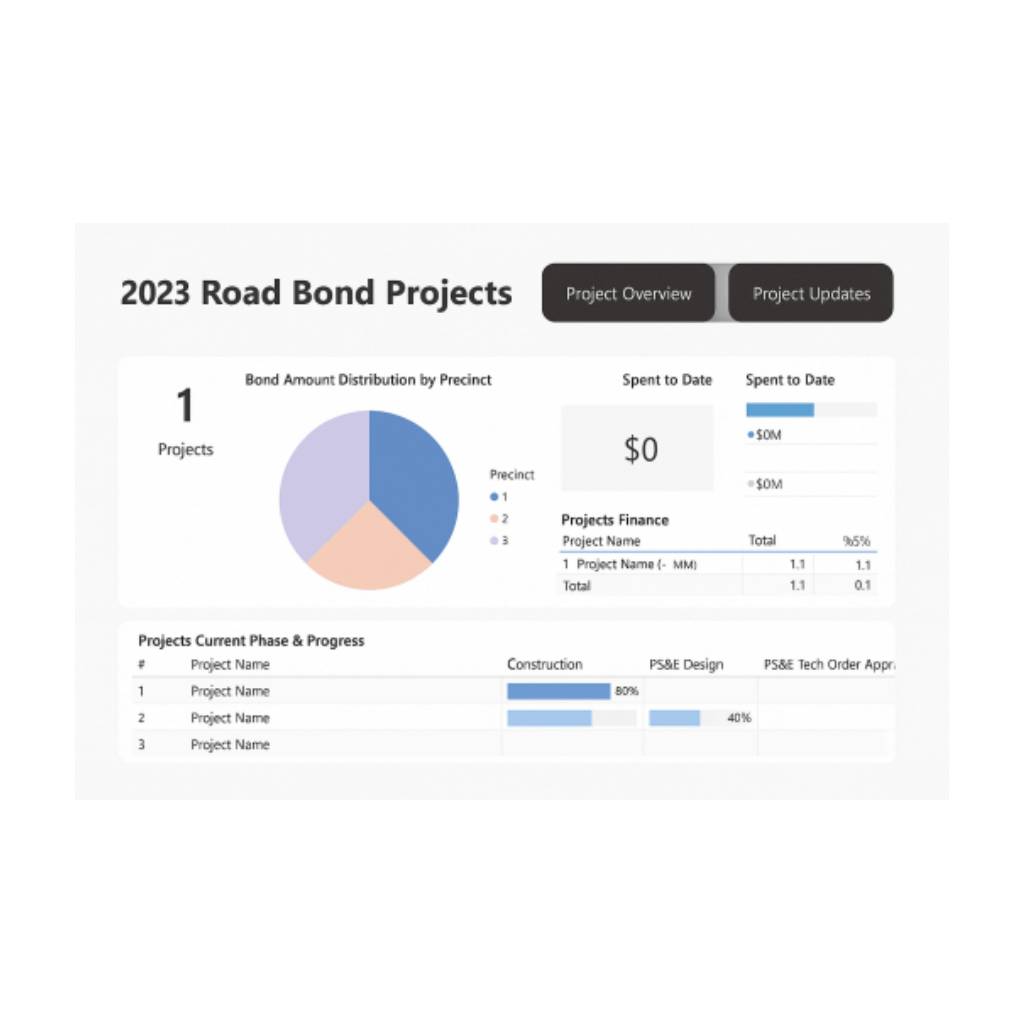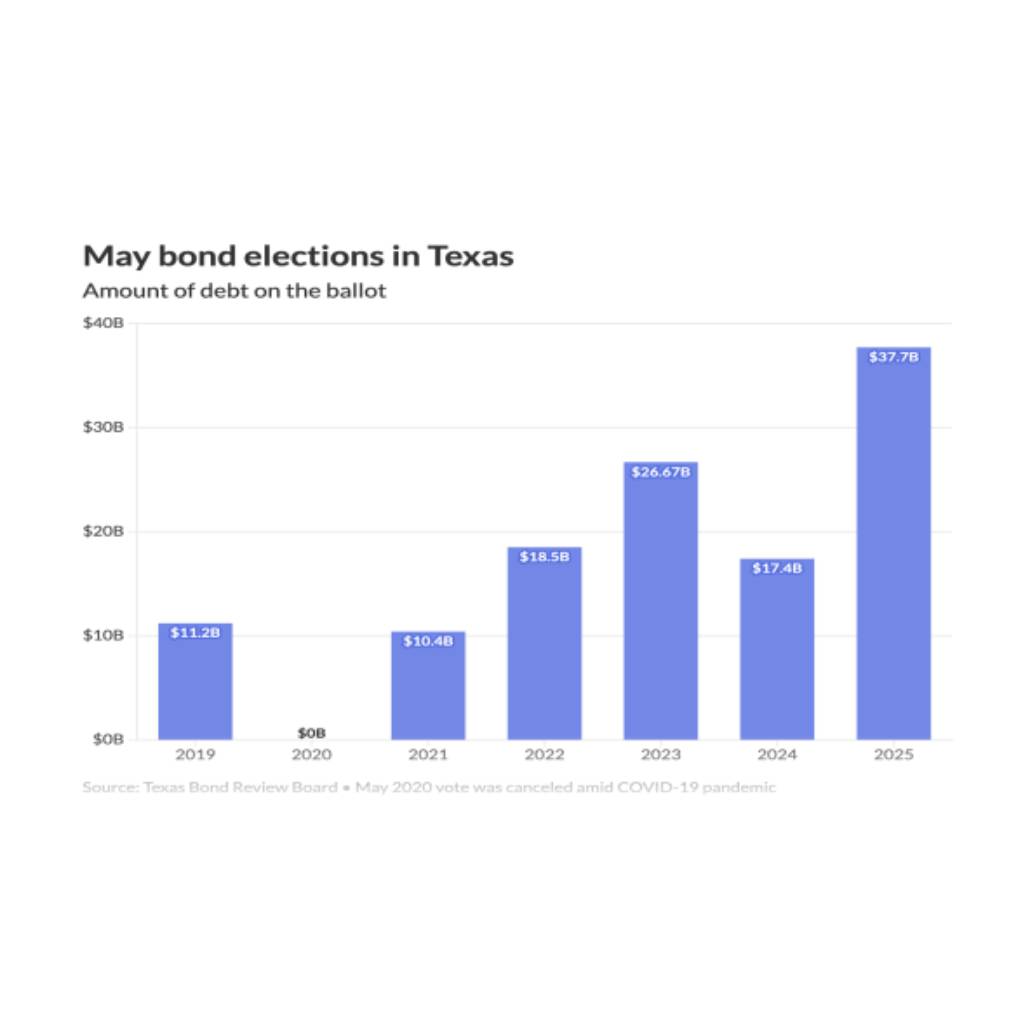Navigating the complex landscape of construction and capital improvement projects demands multiple layers of oversight. Among these, the roles of an Owner’s Representative (OR), Construction Manager (CM), and Construction Manager at Risk (CMAR) are critical. Each contributes uniquely to the management of a project. However, their roles vary in scope and focus, making each position uniquely suited to specific project contexts and requirements.
Owner’s Representative (OR)
Serving as the primary advocate for the owner, the OR offers a comprehensive layer of oversight extending beyond the boundaries of construction and design. Acting as the owner’s eyes and ears, the OR oversees every aspect of the project, encompassing areas such as project planning, design review, financial oversight, contract negotiation, risk management, and quality control.
While the CM or CMAR focuses on the technical aspects of construction and the immediate complexities of executing the design, the OR takes a broader view. The OR’s purview includes strategic considerations such as alignment with the owner’s long-term objectives, return on investment, compliance with regulatory and legal requirements, and integration with the owner’s existing operations or portfolio.
In addition, the OR ensures that all communication between the various project stakeholders is transparent and efficient. They facilitate decision-making processes, coordinating between the owner, CM or CMAR, design team, contractors, and other stakeholders.
Navigating the Project Maze: The Importance of the Owner’s Representative
Complex projects, particularly those of a long-term nature or those involving more than just construction and design, often require the overarching, strategic oversight that an OR provides. Here are several reasons advocating for the engagement of an OR in such projects:
1. Comprehensive Oversight: The OR’s scope of oversight encompasses the entire project, beyond just the design and construction phases. They oversee the integration of the project into the owner’s broader strategic objectives, considering factors such as market trends, return on investment, and regulatory changes that may occur over the lifespan of a long-term project.
2. Risk Management: An OR identifies and mitigates risks from a holistic perspective. While a CM or CMAR focuses on mitigating construction-related risks, an OR looks at broader project risks such as financial, legal, regulatory, and operational risks. This wide-ranging risk management approach is crucial for long-term, complex projects where such risks are often more significant.
3. Long-term Strategy Alignment: For projects that extend beyond construction and design, such as those involving significant operational or business components, an OR ensures that the project remains aligned with the owner’s long-term strategic goals. They monitor changes in the owner’s strategy or external environment and adjust the project approach as needed.
4. Decision-Making Support: The OR supports the owner in making informed decisions throughout the project. They ensure that decisions made by the CM or CMAR and the design team align with the owner’s expectations and strategic objectives.
The OR’s comprehensive and strategic oversight makes them particularly valuable for longer, more complex projects involving more than just construction and design.
By understanding the unique contributions of each role, project owners can effectively structure their project management approach, ensuring that their projects are completed successfully, align with their strategic objectives, and deliver optimal return on investment.
Economic Feasibility and Financial Management
One of the key responsibilities of the OR is to evaluate the economic feasibility of the project from the outset. They scrutinize the financial model, assess potential return on investment, and establish a budget in conjunction with the owner.
Throughout the project, the OR oversees budget adherence, scrutinizes cost estimates and invoices, and takes proactive measures to prevent cost overruns. These financial management activities extend beyond the purview of the CM or CMAR, making the OR a critical player in maintaining the project’s financial health.
Seamless Integration
For projects that involve more than construction, such as infrastructure development or urban planning projects, the role of the OR becomes even more critical. These projects must be seamlessly integrated into existing frameworks, structures, and community environments.
The OR ensures that the project not only achieves its intended purpose but also enhances the owner’s broader portfolio or objectives. They coordinate with a wide range of stakeholders, including community leaders, government officials, regulatory authorities, and the public, to ensure successful project integration.
Regulatory Compliance and Legal Oversight
The OR also oversees legal and regulatory compliance, ensuring that the project meets all applicable legal requirements and standards. This involves liaising with legal experts, obtaining necessary permits, and ensuring adherence to environmental, safety, and quality standards.
In complex or long-term projects, regulatory landscapes may shift, necessitating constant vigilance and adaptability. The OR plays a crucial role in monitoring these changes and making necessary adjustments to the project plan.
Stakeholder Management
The OR serves as the central point of contact for all project stakeholders, including the CM or CMAR, design team, contractors, and external entities. This role requires excellent communication and coordination skills, as well as the ability to resolve conflicts and build consensus among diverse stakeholders.
Stakeholder management is particularly important in complex projects, where multiple interests and perspectives must be balanced to achieve project objectives. The OR’s neutral position enables them to mediate between different stakeholders and ensure that the owner’s interests are prioritized.
In summary, the Owner’s Representative’s broad oversight, strategic alignment, and comprehensive risk management capabilities make them an invaluable asset, particularly for long-term, complex projects that extend beyond the realm of construction and design. By maintaining a clear vision of the project’s objectives, managing diverse stakeholders, and navigating the myriad challenges that such projects invariably present, the OR ensures that the project stays on track and delivers the desired outcomes, contributing significantly to the owner’s long-term success.













